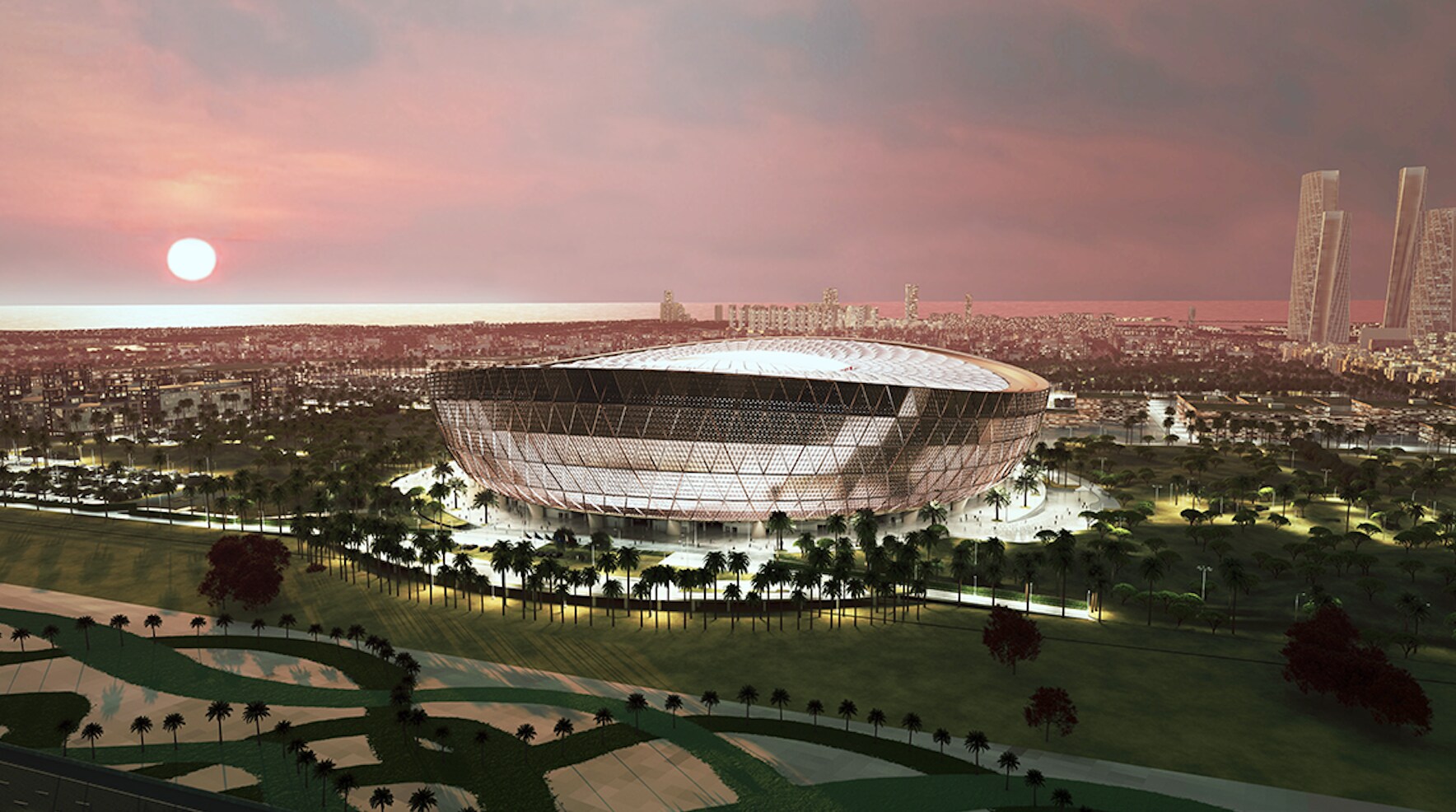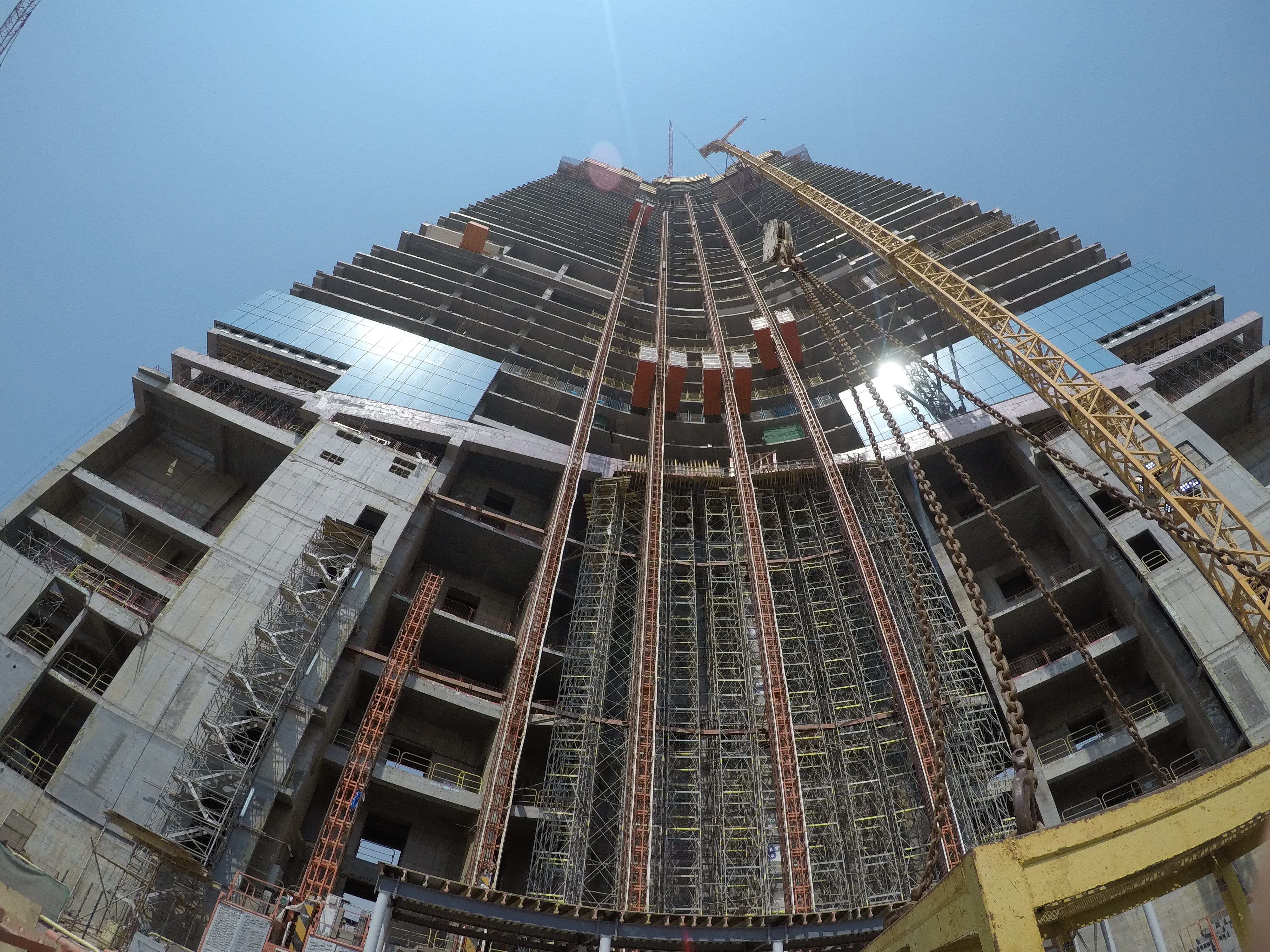Pinnacle's secret sauce
By integrating engineering processes into its BIM workflows, Pinnacle typically saves 30-40% in time and 20% in costs, which it then passes on to its clients. The results also provide clients with more accurate designs and improved sustainability targets.
Working smarter as a result of greater accuracy is of great value both to the firm as well as its clients. Take for instance the Kingdom Tower construction. At over 1km high, on 252 levels (with 4 basements), built with more steel than 7 Eiffel Towers and more concrete than five dams, the building design required a level of accuracy that wouldn’t be possible without an integrated BIM approach.
Similarly, the eight-level World Cup soccer stadium relies on 9,000 workers on the construction site across all trades who then depend on access to 30,000 accurate shop drawings generated in Autodesk® Revit® from a central model, and then delivered to them with Autodesk® BIM 360 Docs®.
“Without BIM I don’t think it would have been possible. The whole size of the project (World Cup stadium) is so humongous that it’s impossible to even conceive of executing it without using this technology. We’re seeing a paradigm shift happening in the industry,” explains Bimal Patwari.
However, the Revit model is increasingly being used for more than just coordination modeling and detailing. In the case of the Kingdom Tower, it facilitated design by aiding with engineering calculations, including energy analysis and heating and cooling loads, duct and pipe sizing, pump sizing, voltage drop, breaker, and wire sizing.


